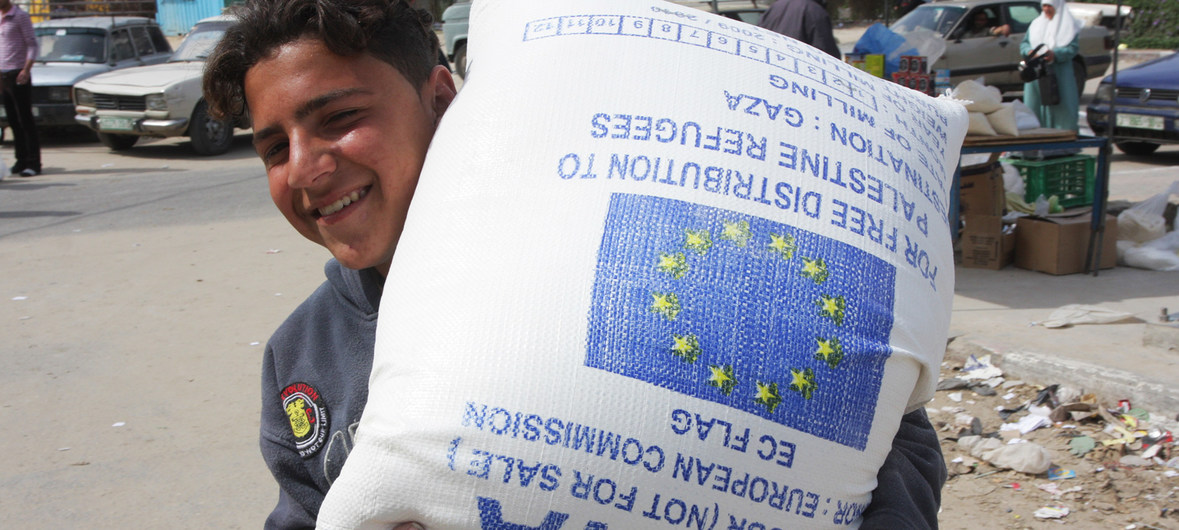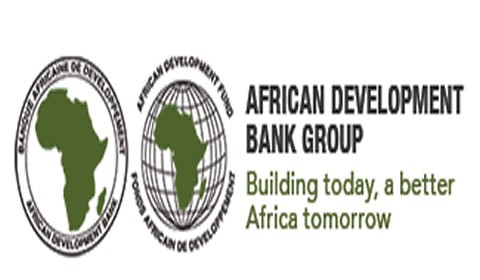The economies of East Africa face rather bleak prospects for growth this year because of the increasing risk of debt distress, widening fiscal and current deficits and limited economic diversification plans, according to the latest forecast by the African Development Bank (AfDB).
The AfDB forecasts the region’s GDP at 4% this year, before recovering to 4.7% in 2023, helped by the reopening of the economies after the Covid-19 containment measures. However, countries are yet to achieve their pre-Covid growth levels, according to the bank’s latest East Africa Regional Economic Outlook 2022. It says that the projected strong growth is not uniform across the wider East Africa region, with top performers being Ethiopia, Kenya, Rwanda, Seychelles, Tanzania, and Uganda. East Africa’s pace of economic recovery from the pandemic faces new threats from rising crude prices and the Russian invasion of Ukraine that has disrupted global supply chains leading to higher food and energy prices, depreciating currencies, and falling forex reserves, according to AfDB.
Currency depreciations have resulted in higher energy and wheat prices in local currency terms compared with the price in dollars. The economists in the report “Resilience Through Tough Times” also show that the region’s GDP has been heavily impacted by political instability in Kenya and Ethiopia, the major economic growth drivers in the region, and reduced agricultural sector growth. East Africa’s inflation is forecast to increase to 8.6% in 2022 from 7.7% in 2021 driven by elevated global food and energy prices, amid Russia’s invasion of Ukraine. Moreover, elevated prices of energy commodities that serve as inputs to agricultural production have been driving up food prices, with food inflation in Africa averaging between 12 and 15%.



